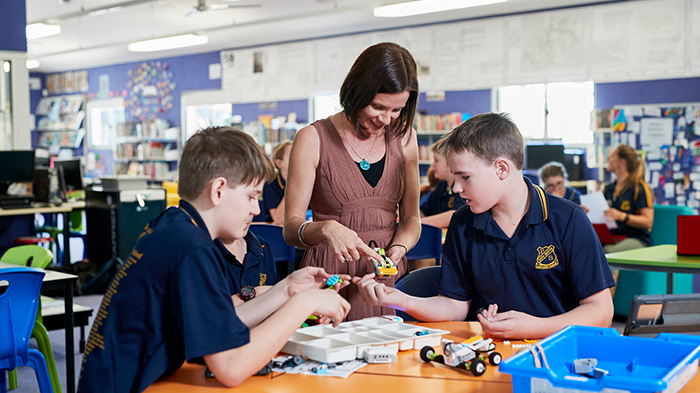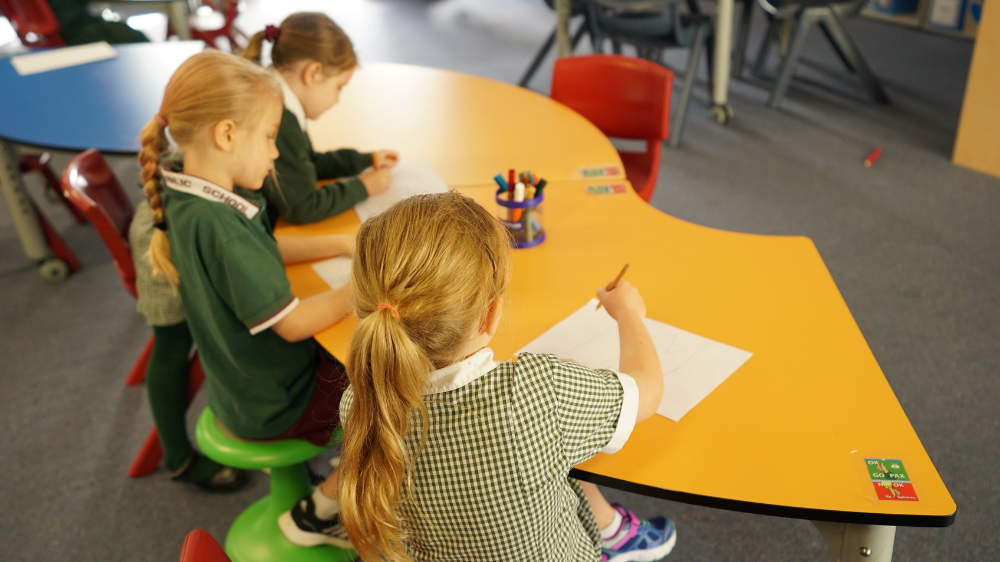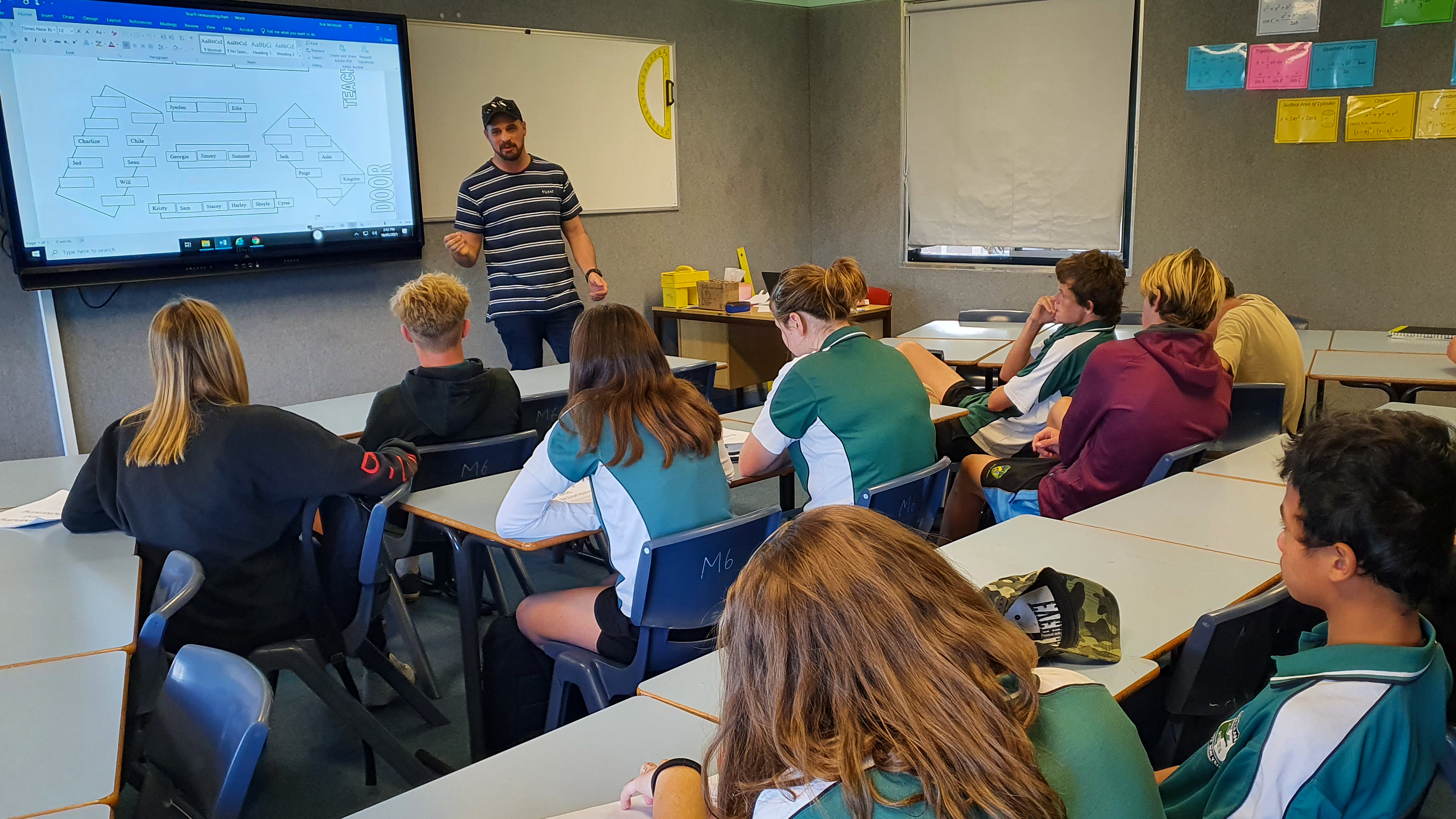Communication and language disorders
Build on student strengths and support the learning and wellbeing of students who require support around communication and language across all aspects of the curriculum.
About communication and language disorders
Communication is the exchange of both verbal and nonverbal information. It includes talking, as well as the understanding of words, visual information, body language, facial expressions, and gestures (for example, pointing, waving hello, nodding your head to mean “yes”).
Some students may need support with communication. Each student will have their own profile which may change over development. Some students may have difficulty producing sounds and words (for example, stuttering or mutism), and they may use visual aspects of communication instead (for example, gestures, eye contact or picture cards). Other students may find understanding visual communication challenging.
Some students may need support with using and understanding spoken language. A student’s ability to understand spoken language may be different from their ability to use spoken language. For example, a student might be able talk and express themselves clearly, but they may find it harder to understand instructions, and join in discussions especially if they are long or complex.
Some students may require support with using verbal and nonverbal communication in social situations. For example, some students may have trouble understanding the meaning or feeling behind greetings (for example, saying hello, shaking hands) or taking turns in conversations. Other students may not understand humour and jokes, or metaphors.
Strengths
Some students with communication disorders achieve exceptional outcomes when given clear and specific instructions.
Some students may have good visual perceptual skills. They may be good at visual searches and recognition.




School Excellence Framework alignment
Wellbeing, Curriculum, Effective classroom practice
Australian Professional Standards for Teachers alignment
Standard 1: Know students and how they learn
Audience
Primary teachers
Purpose
Strategies to support students with communication and language disorders. Including: Evidence-based practices, best practice tips, curriculum considerations and other considerations for teachers of students with communication and language disorders.
Reviewed
November 2021. Share your feedback here